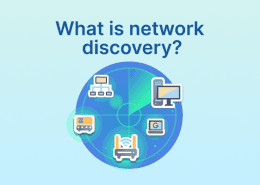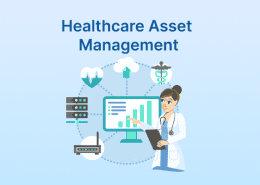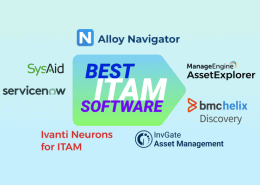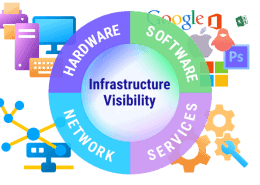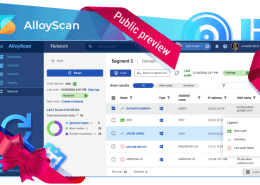Key takeaways
For businesses utilizing extensive and expensive software portfolios, proactive management is essential to avoid audit complications. Here are practical steps to ensure compliance:
1. Implement robust license management systems: Utilize tools that provide visibility into software deployments and license usage.
2. Conduct regular internal audits: Periodically review software assets and licensing to identify and rectify compliance gaps.
3. Educate employees: Train staff on the importance of software compliance and the risks associated with unauthorized installations.
4. Establish clear policies: Develop and enforce policies regarding software procurement, usage, and retirement.
5. Maintain open communication with vendors: Stay informed about licensing terms and changes, and seek clarification when needed.
6. Prepare for audits: Keep detailed records and be ready to demonstrate compliance promptly if audited.





